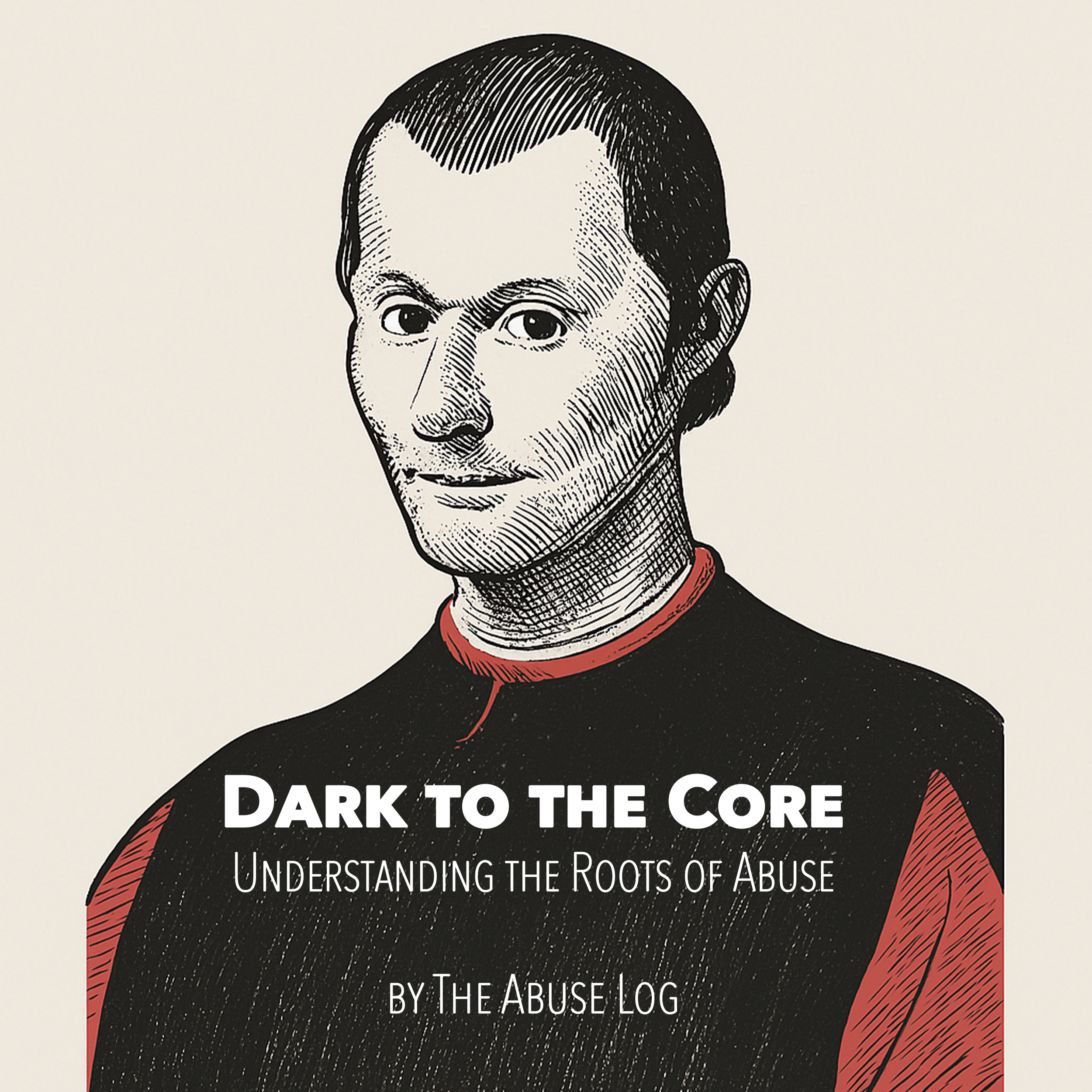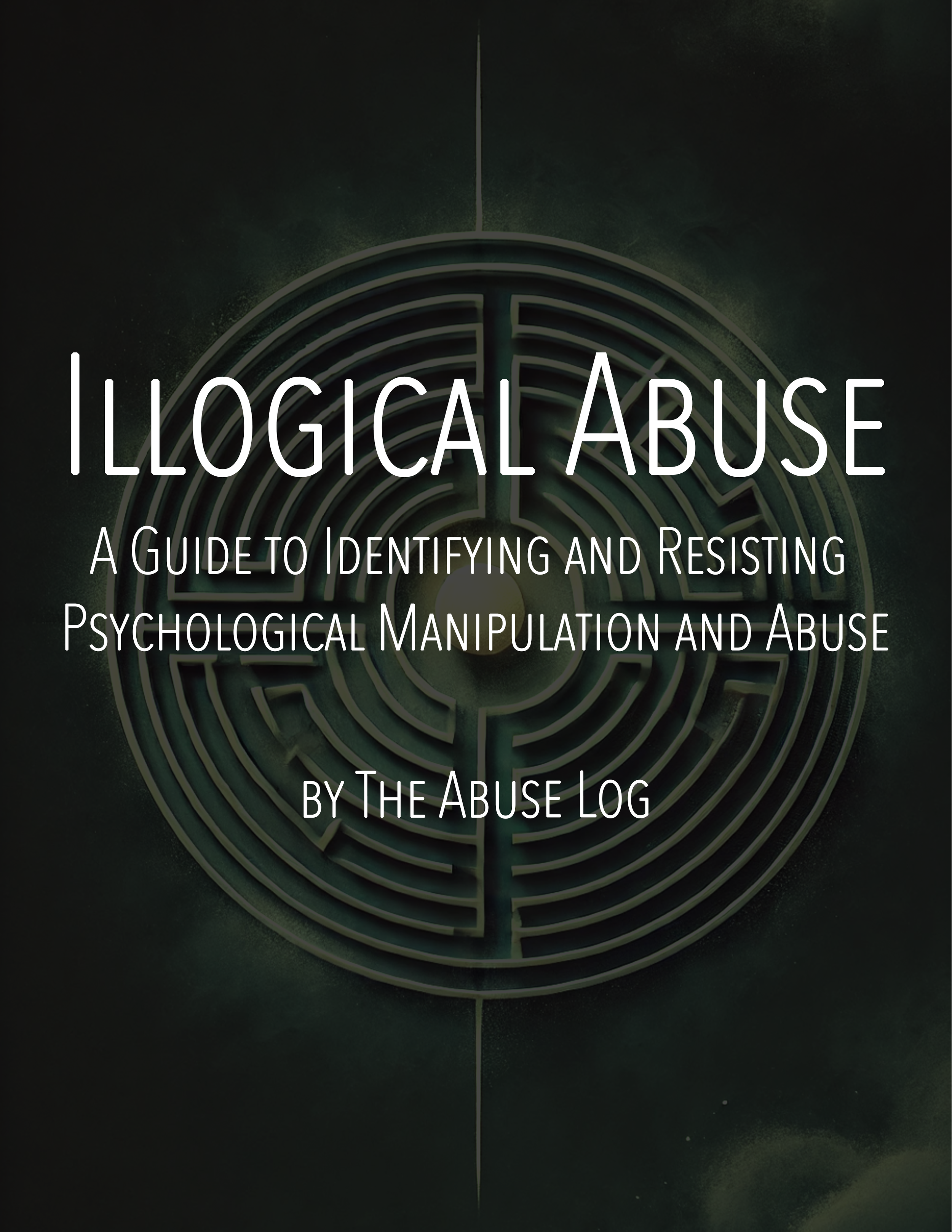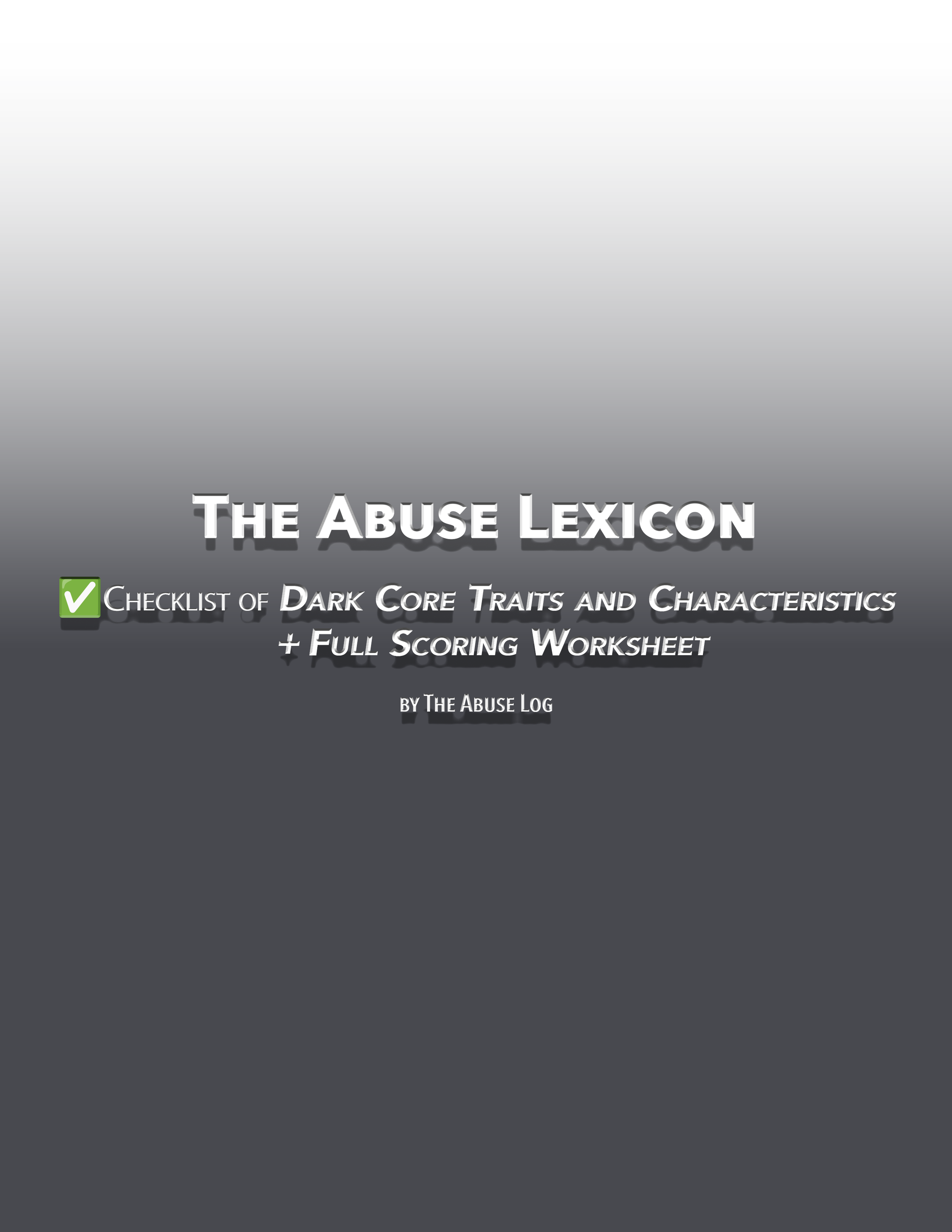Narcissistic Crazy-Making Tactics: Recognizing Them and Breaking Free (Part 2)
In narcissistic abuse, “crazy-making” communication techniques are often used to destabilize and manipulate targets. These tactics create an emotional whirlwind, leaving the victim questioning themselves, their relationships, and their sense of reality. Part 2 delves into additional strategies commonly used by narcissists to maintain control, foster confusion, and diminish autonomy. Understanding these tactics is key to recognizing abuse, protecting oneself, and taking steps toward healing and reclaiming independence.
1. Gaslighting
Definition: Gaslighting is a form of psychological manipulation that makes someone doubt their own reality or sanity. Narcissists employ gaslighting to distort facts, invalidate the target’s perceptions, and make them question their judgment.
Example: “You’re imagining things,” or “That never happened; you’re being paranoid.”
Purpose: By distorting reality, the narcissist maintains control over the narrative, making the target reliant on the narcissist’s version of events. It destabilizes the victim’s confidence in their own memory, senses, and perceptions.
Impact: Gaslighting leads to intense self-doubt, anxiety, and confusion. Over time, the target may lose trust in their own mind, becoming more dependent on the narcissist for validation and reality-checks.
2. Goading
Definition: Goading is the act of provoking or inciting reactions, often for control, amusement, or as a way to discredit the target by making them appear overly emotional.
Example: Making inflammatory comments, pushing boundaries, or subtly mocking sensitive topics to elicit an emotional response.
Purpose: Goading is used to make the target appear reactive or unstable, allowing the narcissist to play the victim or the “reasonable” one. It’s a way of emotionally exhausting the target while reinforcing control.
Impact: Goading creates a cycle of frustration and helplessness, where the target’s responses are used against them. This leaves them feeling out of control and emotionally depleted.
3. Infantilization
Definition: Infantilization is the act of treating someone as though they’re incapable or childlike, often to undermine their autonomy, confidence, and independence.
Example: “You wouldn’t understand; it’s too complicated for you,” or controlling basic aspects of the target’s life under the guise of “helping.”
Purpose: By infantilizing the target, the narcissist reduces their sense of agency and competence. This tactic is often used to create dependency and reinforce the narcissist’s power over the target’s decisions and self-worth.
Impact: Infantilization erodes the target’s confidence and autonomy, making them feel inadequate or unable to function independently, which keeps them tethered to the narcissist’s control.
4. Information Gathering
Definition: Information gathering involves collecting personal, often sensitive, information about the target, which the narcissist will later use to manipulate, control, or undermine them.
Example: Asking probing questions about past traumas, insecurities, or fears, often framed as concern or curiosity.
Purpose: This tactic enables the narcissist to build an arsenal of personal details that can be weaponized in future arguments or conflicts, ensuring they have the “upper hand.”
Impact: The target may initially feel close and understood, but later realize that their vulnerabilities have been exploited. This breach of trust can lead to feelings of betrayal, insecurity, and heightened caution in relationships.
5. Information Weaponization
Definition: Information weaponization is the act of using the personal details gathered about the target as tools for manipulation, shaming, or emotional harm.
Example: Bringing up the target’s insecurities in a heated argument, or using private confessions as ammunition.
Purpose: The narcissist uses this tactic to maintain control and keep the target off-balance by turning their vulnerabilities against them. It’s a form of emotional blackmail that deepens the power imbalance.
Impact: This tactic creates an environment of fear and distrust, as the target feels unsafe sharing personal information. It can also lead to guilt, shame, and emotional trauma.
6. Intimidation
Definition: Intimidation involves using threats, coercive language, or fear tactics to assert control and make the target feel powerless.
Example: “You better not do that if you know what’s good for you,” or using aggressive body language to convey dominance.
Purpose: The narcissist uses intimidation to create a sense of danger or urgency, which forces the target into compliance. This tactic establishes a hierarchy where the narcissist is in control.
Impact: Living under constant intimidation can lead to chronic anxiety, fear, and a diminished sense of personal freedom. The target may begin censoring themselves to avoid triggering the narcissist’s anger or retaliation.
7. Invalidation
Definition: Invalidation is the dismissal or belittling of the target’s feelings, opinions, or experiences, often suggesting they’re irrational or unimportant.
Example: “You’re overreacting,” or “Stop being so dramatic.”
Purpose: Invalidation minimizes the target’s emotions and experiences, making them doubt the validity of their own feelings. This tactic is used to keep the narcissist in control of what is “important” or “reasonable.”
Impact: Consistent invalidation can lead the target to suppress their emotions and needs, eventually causing self-doubt and eroding their self-worth.
8. Laundry List / Ambush
Definition: The laundry list or ambush tactic involves overwhelming the target with a barrage of grievances, accusations, or complaints all at once, often blindsiding them.
Example: Suddenly bringing up numerous unrelated complaints in an argument to overpower the target.
Purpose: This tactic is used to catch the target off-guard, leaving them defenseless and unable to address each accusation effectively. It shifts the power dynamic and puts the narcissist in a position of dominance.
Impact: The target may feel bombarded, powerless, and unsure of where to start or how to respond, leading to confusion, overwhelm, and feelings of inadequacy.
9. Manufacturing Chaos
Definition: Manufacturing chaos involves deliberately creating turmoil, confusion, or instability to keep the target off-balance and dependent on the narcissist.
Example: Starting an argument before an important event, creating drama over small issues, or constantly changing plans to create uncertainty.
Purpose: Chaos keeps the target in a state of emotional or logistical instability, making it harder for them to focus, find clarity, or maintain a sense of control over their own life.
Impact: Living in manufactured chaos is exhausting, leading to chronic stress and anxiety. The target may feel powerless and dependent, unable to anticipate what will come next.
10. No-Win Scenario
Definition: A no-win scenario is a situation engineered by the narcissist where the target is set up to fail, regardless of their choices or actions.
Example: Giving contradictory expectations, such as “Be more assertive” but then criticizing when the target speaks up.
Purpose: This tactic is used to keep the target perpetually wrong and in a position where they’re always at fault, reinforcing the narcissist’s control.
Impact: Being in constant no-win scenarios can lead to learned helplessness, as the target feels incapable of making the “right” choice and loses confidence in their decision-making abilities.
11. Minimization
Definition: Minimization is the act of downplaying or trivializing the target’s experiences, emotions, or concerns to make them feel insignificant.
Example: “It’s not that big of a deal,” or “You’re making a mountain out of a molehill.”
Purpose: Minimization reduces the target’s issues to trivial matters, invalidating their feelings and keeping the narcissist’s concerns as the primary focus.
Impact: The target may begin to question the legitimacy of their emotions, leading to internalized self-doubt and low self-esteem.
12. Name Calling
Definition: Name calling involves using derogatory or insulting labels to demean, humiliate, or intimidate the target.
Example: Calling the target “stupid,” “useless,” or other degrading terms.
Purpose: Name calling is a direct way to undermine self-esteem and reinforce the narcissist’s power by diminishing the target’s self-worth.
Impact: Repeated exposure to name calling can lead to deep emotional scars, causing the target to internalize negative self-perceptions.
13. Passive-Aggressive Behavior
Definition: Passive-aggressive behavior involves expressing hostility or resentment indirectly rather than openly.
Example: Giving the silent treatment, making backhanded compliments, or withholding affection.
Purpose: This tactic allows the narcissist to convey dissatisfaction without taking responsibility for direct conflict. It’s a way of expressing control through subtle punishment.
Impact: Passive-aggressive behavior leaves the target feeling confused, hurt, and emotionally destabilized, unsure of how to respond or what caused the reaction.
14. Patronizing
Definition: Patronizing involves speaking to the target in a way that conveys superiority or condescension.
Example: “You’ll understand one day,” or “It’s cute that you think that.”
Purpose: By patronizing the target, the narcissist establishes a power dynamic where they are “above” the other person, reinforcing control.
Impact: Patronizing behavior erodes self-confidence, making the target feel small or incapable.
15. Projection
Definition: Projection is the act of attributing one’s own thoughts, feelings, or behaviors to another person. In narcissistic abuse, projection is used to shift blame and avoid accountability.
Example: Accusing the target of being selfish when the narcissist is, in fact, acting selfishly, or accusing them of dishonesty when they are the ones lying.
Purpose: Projection allows the narcissist to offload their own negative qualities or actions onto the target, making them feel guilty or defensive. This tactic also shifts focus away from the narcissist’s behavior and creates confusion about who is actually at fault.
Impact: Consistently experiencing projection can lead the target to internalize feelings of guilt or inadequacy. They may also begin questioning their own reality, as they are constantly blamed for issues that do not originate from them, leading to a destabilized sense of self and increased dependence on the narcissist for “clarity.”
The Impact of Part 2 Tactics in Narcissistic Abuse
The toxic communication tactics discussed in Part 2 compound the effects of the crazy-making experience in narcissistic relationships. Each of these tactics serves a similar purpose: to assert control, erode confidence, and maintain a power imbalance that keeps the narcissist in charge. By undermining the target’s autonomy, self-worth, and reality, these techniques create an environment where the target feels perpetually insecure, doubtful, and reliant on the narcissist.
While individual tactics can be harmful, their cumulative effect is devastating. Victims of narcissistic abuse often report feeling as though they’ve “lost themselves,” as each tactic chips away at their sense of self, autonomy, and ability to make confident decisions. Understanding these tactics is an essential step in recognizing abusive behavior, setting boundaries, and ultimately breaking free from the cycle of manipulation.
Steps Toward Healing and Protection from Crazy-Making Communication
Awareness and Education: Recognizing these tactics for what they are—manipulation and control—is the first step in reclaiming your sense of reality. Learning about these techniques can provide validation and a foundation for setting boundaries.
Establish Boundaries: Set firm boundaries to protect yourself from these communication tactics. For instance, you might decide to disengage when goading begins or refuse to answer baited questions. Boundaries reinforce your autonomy and help protect your mental well-being.
Focus on Facts and Self-Awareness: When dealing with projection, gaslighting, or invalidation, focus on concrete facts and your own observations rather than the narcissist’s version of events. Trust your instincts, and remind yourself that you are capable of understanding and validating your own feelings.
Limit Emotional Reactions: Narcissists thrive on emotional responses, as it gives them a sense of control. Practice keeping your reactions calm and measured, which can help neutralize some of the power they gain from provoking you.
Seek Support: Connect with friends, family, or support groups who understand narcissistic abuse. A support system can provide perspective, validation, and guidance on how to navigate toxic interactions. Professional therapy can also offer tools for healing and building resilience.
Prioritize Self-Care and Self-Compassion: Engaging in narcissistic abuse is emotionally exhausting, and self-care is essential for recovery. Practice self-compassion, affirm your self-worth, and engage in activities that nurture your mental, emotional, and physical health.
Practice Mindfulness and Grounding Techniques: Techniques such as deep breathing, meditation, and grounding exercises can help you stay connected to the present moment and reduce the emotional impact of chaotic or confrontational interactions.
Breaking Free from the Cycle of Narcissistic Abuse
Crazy-making communication tactics create a cycle of control and dependency, where the narcissist holds all the power and the target is left feeling helpless, insecure, and detached from their sense of self. Recognizing these tactics and understanding their purpose can empower you to reclaim your own reality, trust your instincts, and rebuild self-confidence.
The journey of breaking free from narcissistic abuse is challenging, but with awareness, support, and self-care, you can escape the cycle of manipulation and create a life grounded in self-respect, independence, and emotional resilience. By learning to identify and counteract these communication tactics, you are taking the first step toward healing and regaining control of your life.
Remember: you deserve relationships that are respectful, supportive, and affirming of your worth. Identifying and disengaging from crazy-making tactics is an act of self-protection and empowerment, one that will lead you toward healthier interactions and a restored sense of self.


















